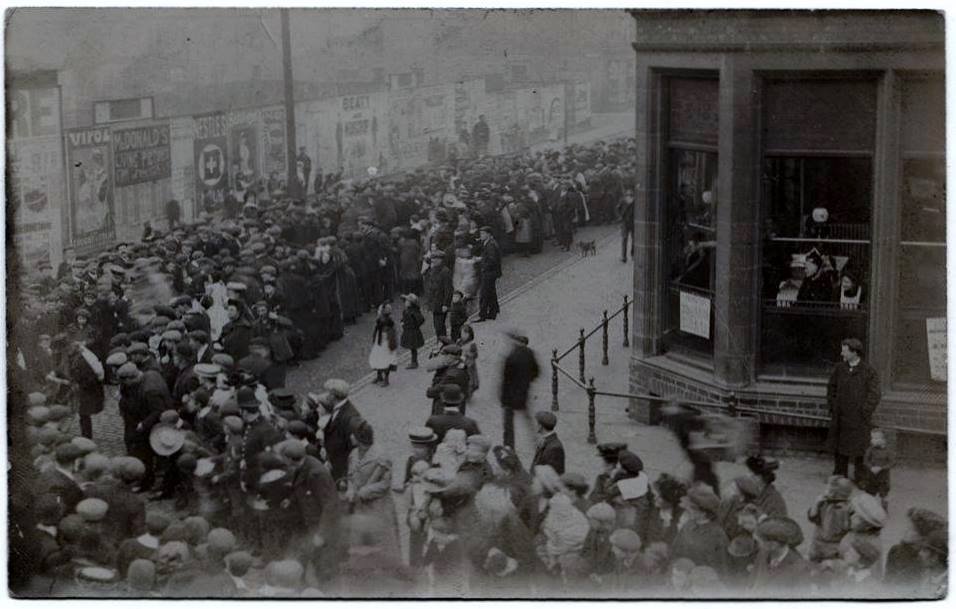
Wallsend
Wallsend Cafe
Last Updated:
7 Nov 2023
Wallsend
This is a
Cafe
54.990907, -1.533716
Founded in
Current status is
Extant
Designer (if known):
Frank Caws

Locally Listed
Given its part of the town's fabric it's easy not to take notice of the old Wallsend cafe, but it's certainly up there in one of its finest buildings.
The Wallsend Cafe, or "coffee palace" it was mooted as, was built in 1883 with funding from George B Hunter (one of the men behind the shipyard) as a community hub for local people and his shipbuilding workforce. It was designed by Frank Caws, the man behind the Elephant Tea Rooms in Sunderland as well as Corder House & Sydenham House. This was also the first building to be lit by gas in Wallsend.
There were meeting rooms for associations and clubs, a lecture hall, games room, library and a kitchen to provide meals for the community. All these efforts were to uplift the standard of living in the area. It was hoped that, in turn, such programmes would produce a more resilient, happier and healthier workforce.
The community loved it too. A Wallsendian wrote into the Jarrow Express to refute opposition towards Jarrow's own institution, giving it was to aid the temperance movement and people worried about being mollycoddled. The building was open without payment except for provisions and use of the billiards room, with the hall large used for social meetings, dancing and games. He notes it has been so successful that there is nothing to compare to it anywhere else in the neighbourhood. While noting its struggles in making a profit, he highlights it was not there to make a profit but for the pursuit of social enterprise and community.
It opened with George present alongside Thomas Burt, who was from Murton Row and one of the first working class MPs in parliament. He was himself a pitman, so I imagine he was enthused as such attempts to bring such initiatives to working people.
Listing Description (if available)


Wallsend through through the 1890s and 1900s was right in the middle of its housebuilding boom, as seen in the Ordnance Surveys from this time period. Given the flank of shipyards and collieries, the "Carville" area was perfectly placed to site thousands of workers and their familities. The amenities developed in this time covered every aspect of their lives too - chapels, theatres, public houses and post offices dotted the high street alongside the cafe. This is alongside the lawn tennis ground, which used to stand directly next to the cafe. The Zion chapel over the road was demolished between the maps and replaced with the Boots building, now Ramsdens.

The survey from 1858, published 1864, depicts a very different area. The settlement developed as Carville, with Wallsend focusing on the cluster around the Green. Carville developed as a small village around the Gosforth and Kenton Waggonway, Carville Hall and the coal drops on the Tyne.
Before the cafe, allotments and gardens stood on the site, while what we know as the High Street was yet to develop into a proper town. There was a village smithy, pit rows and a few burgeoning industries like roperies, chemical works and iron works.

Wallsend Cafe in 2023, now occupied by the closed Greenways store.

The only known shot of the cafe is seen on the left hand side. It appears there was either a procession or carnival making its way between the crowd.
